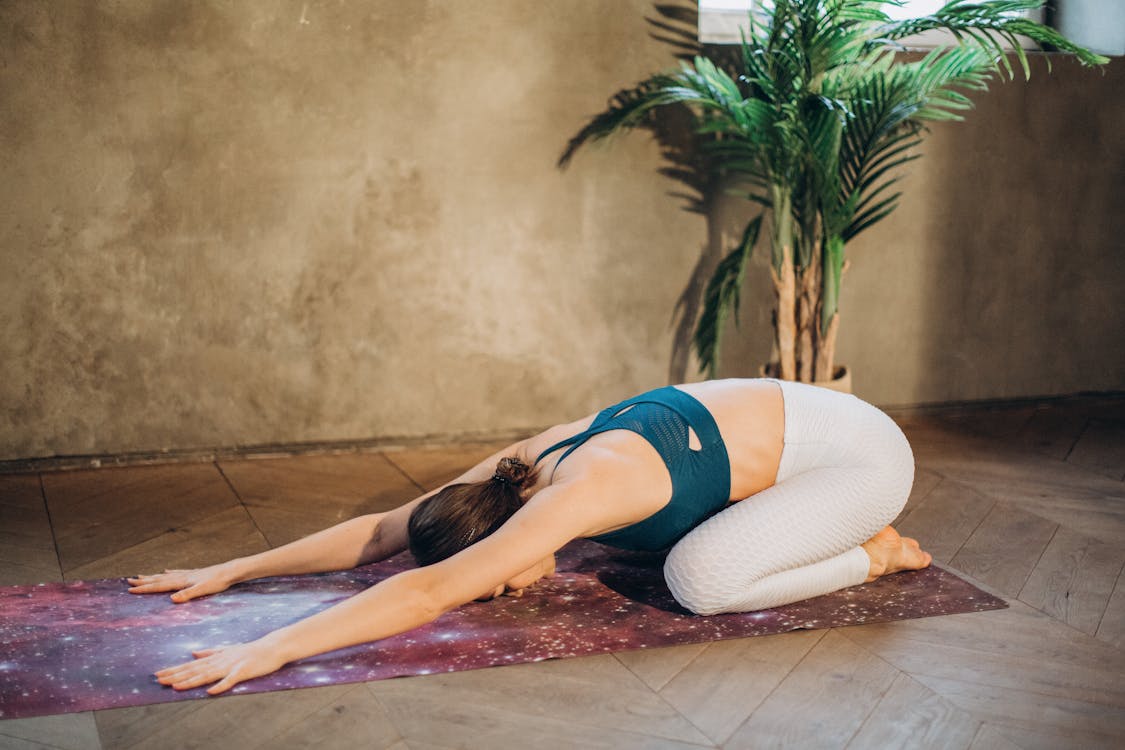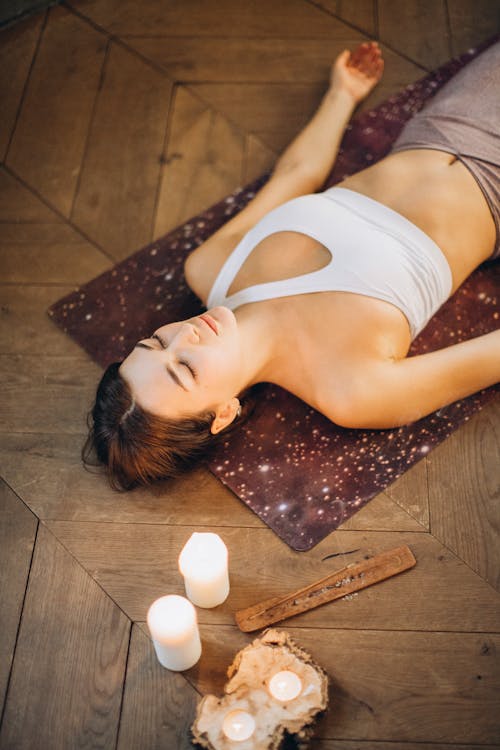Yoga for Beginners: A Step-by-Step Guide to Starting Your Practice
Embarking on a yoga journey can be both exciting and overwhelming, especially if you're a beginner. With its roots in ancient traditions and numerous styles to choose from, knowing where to start can be challenging. This step-by-step guide will help you ease into your practice, ensuring a smooth and enjoyable experience.

Understanding Yoga: A Brief Introduction
Yoga is more than just physical exercise; it's a holistic practice that integrates the mind, body, and spirit. Originating in India over 5,000 years ago, yoga encompasses various disciplines, including physical postures (asanas), breathing techniques (pranayama), and meditation. For beginners, focusing on the physical and mental benefits can be a great starting point.
Benefits of Yoga for Beginners

Yoga offers numerous benefits, making it a perfect practice for beginners:
Improves Flexibility and Strength: Regular yoga practice stretches and tones the muscles, enhancing overall flexibility and strength.
Reduces Stress and Anxiety: Yoga encourages relaxation through deep breathing and mindfulness, helping to reduce stress and anxiety.
Enhances Posture and Balance: Yoga poses correct posture and improve balance, reducing the risk of injuries.
Boosts Mental Clarity: Meditation and breathwork promote mental clarity and focus, improving cognitive function.
Getting Started: Essential Tips for Beginners

1. Choose the Right Style of Yoga
There are several styles of yoga, each with its own focus. Here are a few beginner-friendly options:
Hatha Yoga: A gentle introduction to the most basic yoga postures.
Vinyasa Yoga: A dynamic practice that links breath with movement.
Iyengar Yoga: Focuses on alignment and precise movements, often using props.
2. Set Up a Comfortable Space
Create a quiet, comfortable space for your practice. Ensure you have enough room to move freely and consider investing in a good quality yoga mat.
3. Wear Comfortable Clothing
Opt for breathable, stretchy clothing that allows you to move easily. Avoid clothes that are too tight or restrictive.
4. Start with Beginner-Friendly Poses

Familiarize yourself with basic yoga poses to build a strong foundation. Some beginner-friendly poses include:
Mountain Pose (Tadasana)
Downward-Facing Dog (Adho Mukha Svanasana)
Child’s Pose (Balasana)
Warrior I (Virabhadrasana I)
Seated Forward Bend (Paschimottanasana)
5. Learn to Breathe
Breathing is a fundamental aspect of yoga. Practice deep, mindful breathing to enhance your poses and improve concentration. A common breathing technique for beginners is the Ujjayi breath, which involves inhaling deeply through the nose and exhaling slowly.
6. Listen to Your Body

Yoga is a personal practice. Pay attention to your body and avoid pushing yourself too hard. It’s important to practice with mindfulness and respect your limits to prevent injury.
7. Incorporate Meditation and Relaxation
Begin your practice with a few minutes of meditation to center yourself. End each session with a relaxation pose like Savasana (Corpse Pose) to allow your body to absorb the benefits of the practice.
Finding the Right Resources
There are countless resources available to help beginners start their yoga journey:
Online Classes: Platforms like YouTube and yoga-specific websites offer free and subscription-based classes.
Yoga Studios: Joining a local yoga studio can provide personalized instruction and a sense of community.
Books and Apps: Many books and mobile apps cater to beginners, offering step-by-step instructions and practice guides.
Staying Consistent
Consistency is key to reaping the benefits of yoga. Aim to practice a few times a week, gradually increasing the duration and intensity as you become more comfortable. Setting a regular schedule can help establish a routine and make yoga a part of your daily life.
Conclusion
Starting your yoga practice as a beginner is a rewarding journey that can transform your physical and mental well-being. By choosing the right style, creating a comfortable space, learning basic poses, and staying consistent, you’ll set yourself up for a successful yoga journey. Remember, yoga is a personal practice, so listen to your body and enjoy the process of discovering its many benefits.
Ready to begin? Roll out your mat, take a deep breath, and embark on your yoga journey today!

 Cricket Score Counter
Cricket Score Counter Heads or Tails
Heads or Tails
You have not logged in, please Login to comment.